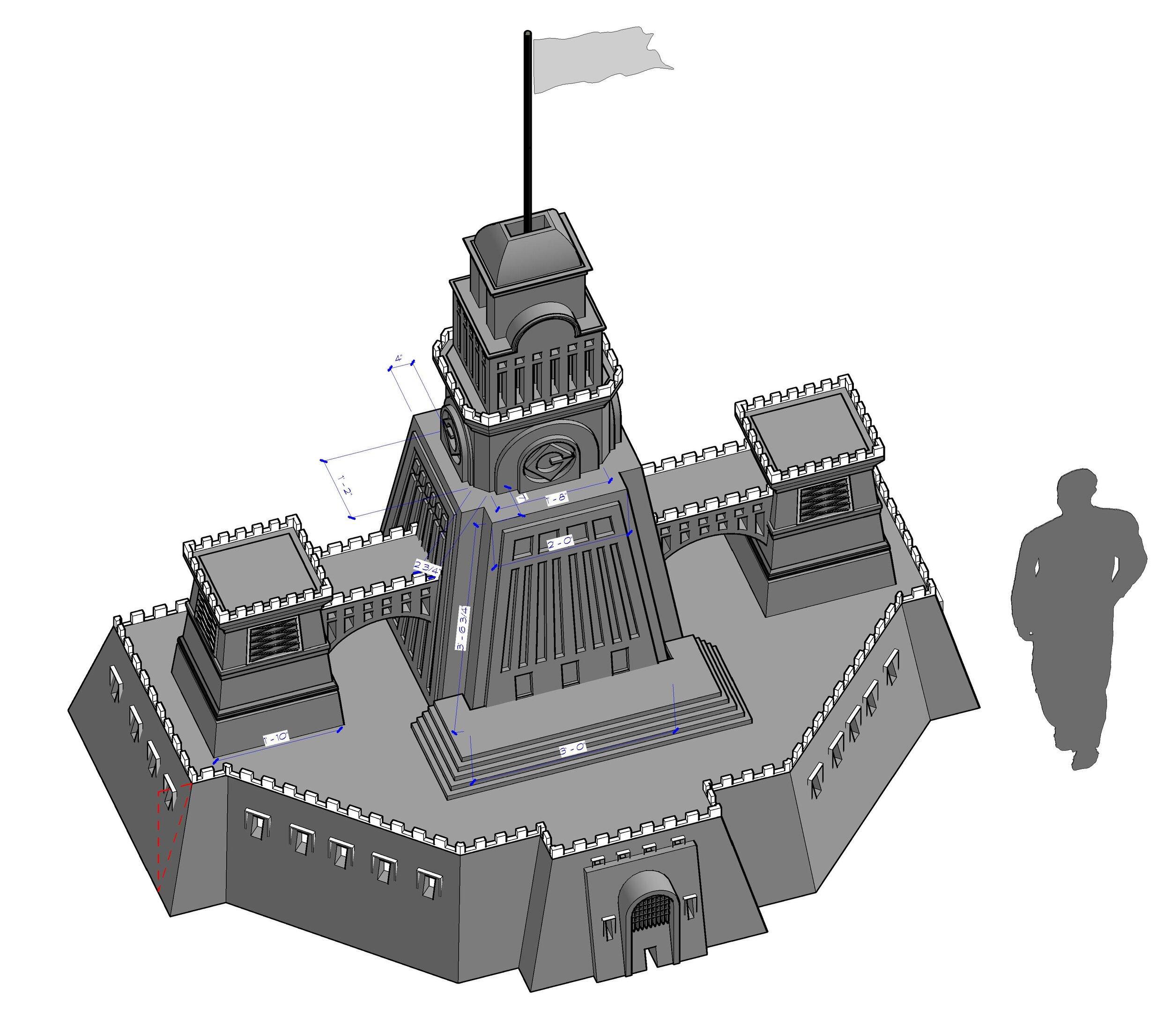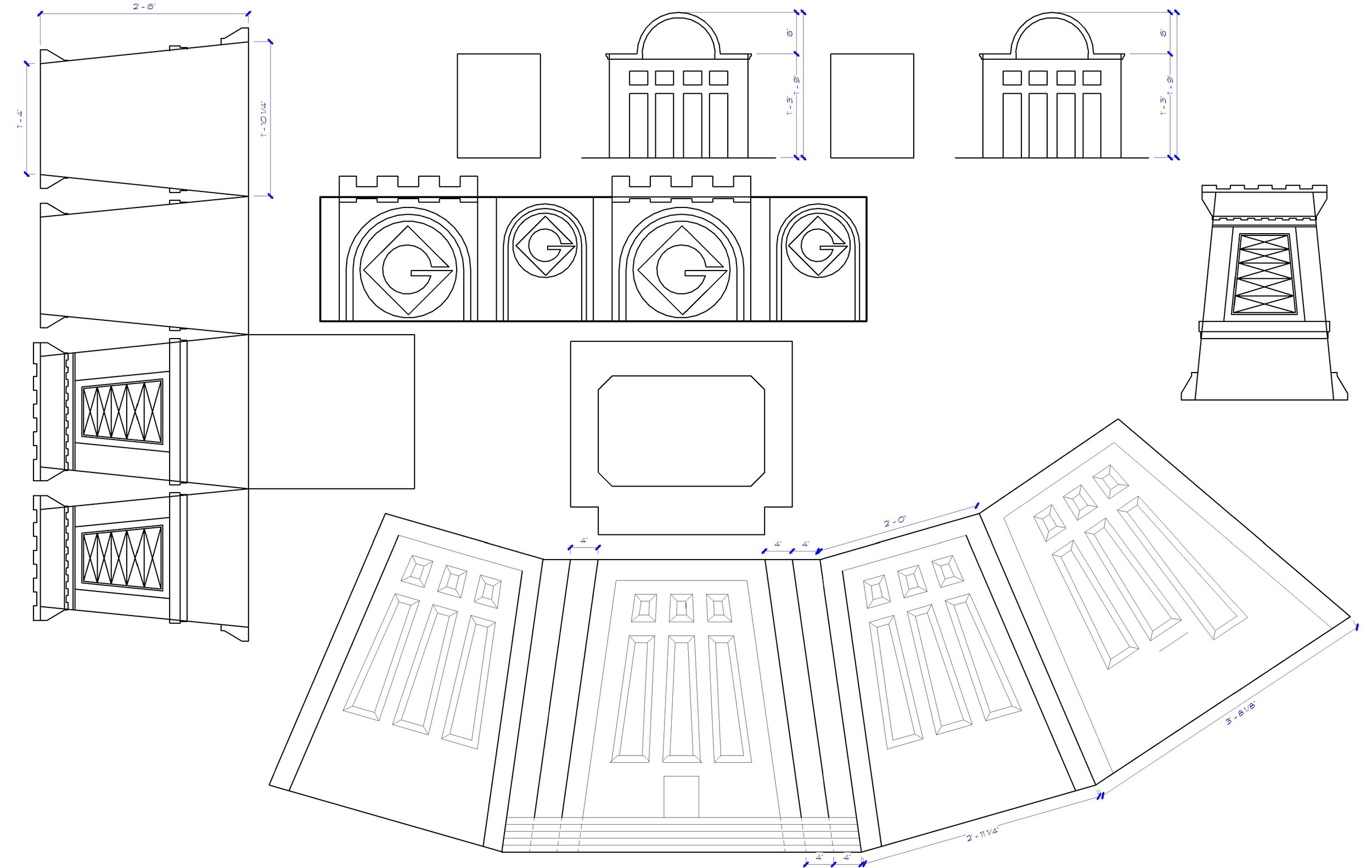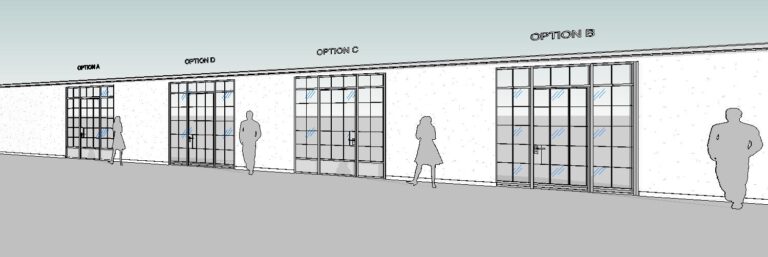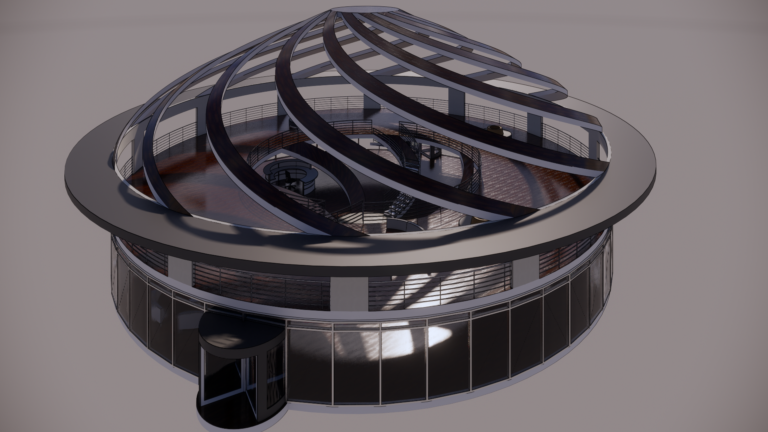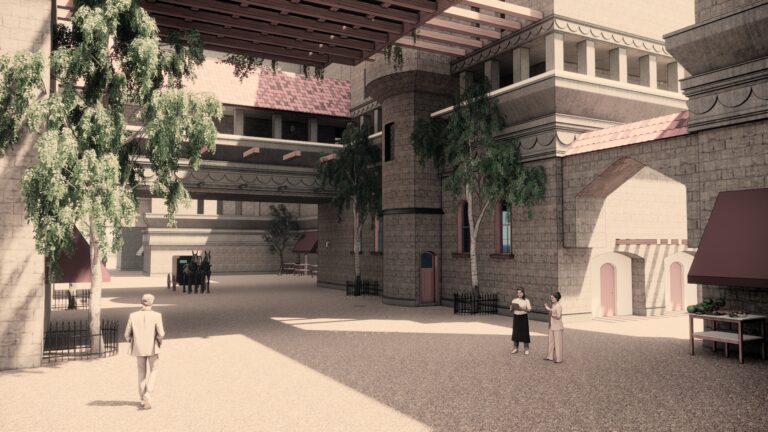Recently, an unnamed boss handed me an unusual task – to craft components for a sand castle. While it may sound unconventional, this personal project never materialized beyond the initial request. However, what seemed like a whimsical endeavor turned into an unexpected opportunity for skill refinement.
The process involved identifying and creating repetitive forms that could be easily sculpted in the sand. What began as a playful exercise soon evolved into a unique design challenge. It highlighted the importance of embracing such opportunities, even when they involve requests for unpaid labor.
Design challenges come in various forms, from sand castles to intricate digital creations. They offer a chance to hone your skills, think outside the box, and discover innovative solutions. Here’s why you should consider taking on these challenges:
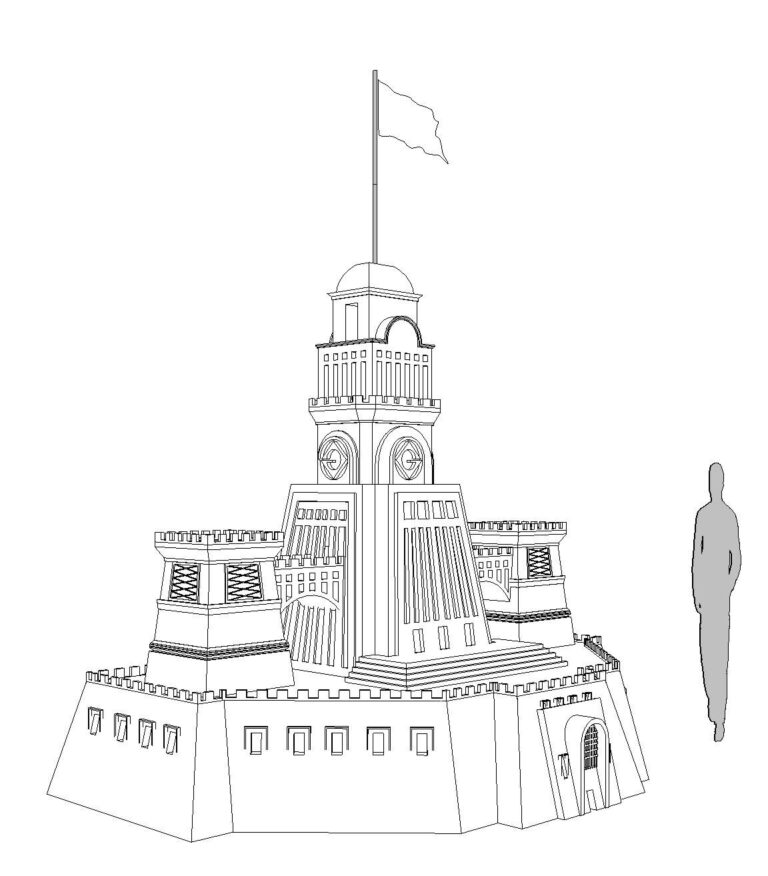
1. Skill Enhancement: Every design challenge, no matter how unconventional, presents a chance to sharpen your skills. Whether you’re a graphic designer, an architect, or a sculptor, each project forces you to think critically and refine your techniques.
2. Creative Thinking: Design challenges often push you to explore uncharted territories. They demand creative problem-solving and encourage you to experiment with new ideas. This innovation freedom can lead to groundbreaking concepts you can apply to future projects.
3. Adaptability: Design challenges rarely adhere to traditional guidelines. They require adaptability and the ability to work with limited resources or in unfamiliar environments. These skills can prove invaluable in real-world scenarios.
4. Portfolio Enrichment: Completed design challenges can be a valuable addition to your portfolio. They showcase your versatility and ability to tackle diverse projects. This can attract potential clients or employers interested in your range of skills.
5. Fun and Passion: Ultimately, engaging in design challenges should be enjoyable. It’s an opportunity to express your passion for creativity and design, regardless of the project’s scale or complexity.
The next time you’re presented with an unconventional design challenge, consider embracing it as an opportunity for growth. Use it to refine your skills, exercise your creativity, and demonstrate your adaptability. These challenges are not just about sand castles; they’re about sculpting your journey as a designer and artist.
